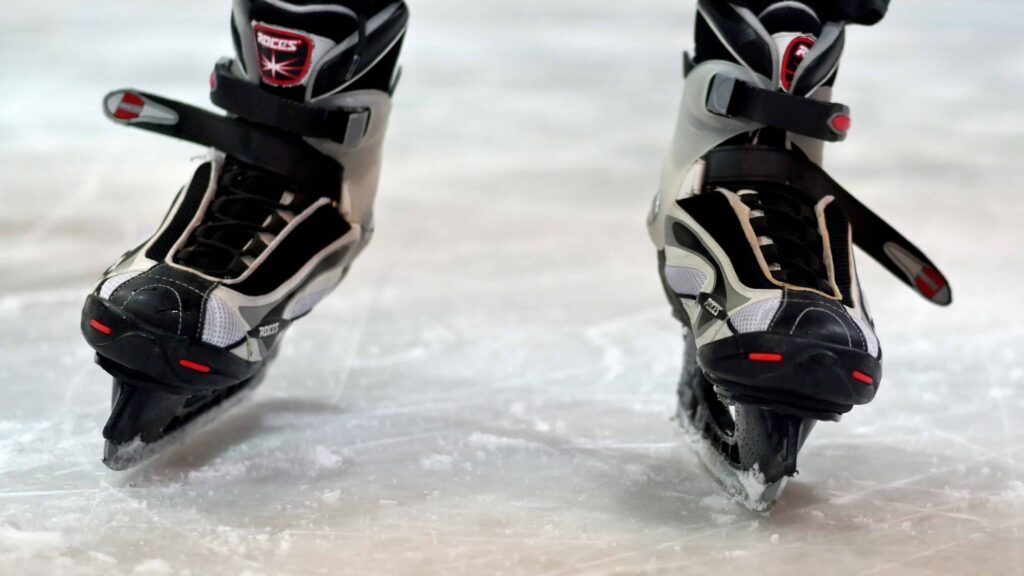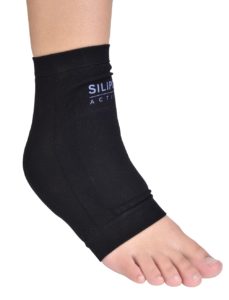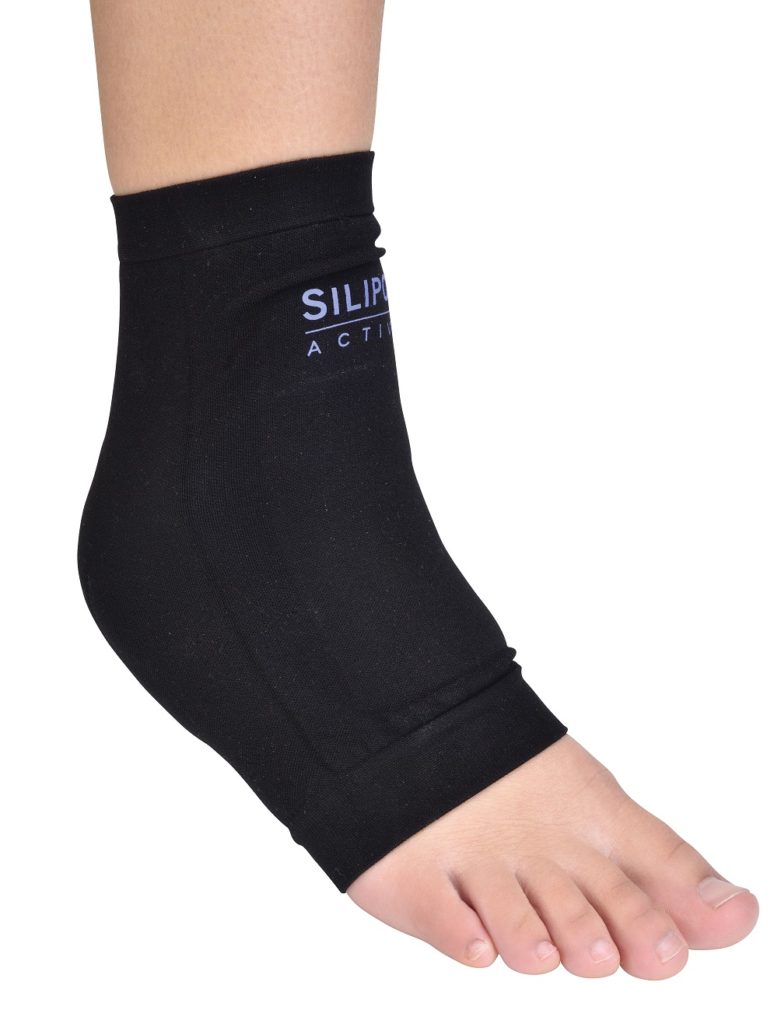
Are you on your feet a lot in your daily activities? Or, do you participate in sports, such as hockey or ice skating? Do you wear uncomfortable footwear regularly? If so, you’re at risk for a serious condition called lace bite.
If you’ve never heard of this ailment, you’re not alone. Although it’s common, it is also not discussed often enough. Consequently, the lack of knowledge surrounding proper footwear creates complications later. At Silipos, we aim to change the game through education and prevention. Here’s all you need to know about lace bite and what you can do to stop it from happening.
What is Lace Bite?
Lace bite is a sharp, stabbing pain that radiates from the shin to the ankle and the toes. Most ice skaters, hockey players, and roller skaters have experienced this condition at one point or another without knowing it.
Lace bite stems from ill-fitting footwear, like shoes, boots, or ice skates. It develops like a callus over time after repeated irritation caused by a shoe’s tongue or laces. Symptoms can include pain, redness, and swelling.
If you experience these symptoms, your best bet is to have your condition checked with a physician. They will be able to give you a proper diagnosis and can begin a treatment regimen.
Lace Bite Prevention Tips
If you want to ensure that you can keep skating all season long, prevention is a must! By following a few simple tips, you can stay on the ice and keep your feet and ankles protected and healthy.

1. Wear Protective Gear
Try purchasing protective wear, like Active Lace Bite Protectors from Silipos. These products effectively protect against friction and damage caused by skates and boots. Comfortable and virtually unnoticeable, thesy also soothe your feet with moisturizing mineral oil.
“I use these in my goalie skates. Slip onto your foot, no issues. Gel insert a little sticky but no issues putting on. You can wash them. Highly recommend. Super easy fix for lace bite.”
Pretty Much Perfect – Amazon
2. Lace-Up Differently
Consider lacing your boots or skates differently, making sure that the laces aren’t too tight. Consider tying your laces outside-in. Basically, you pass the laces through the holes on the outside, with the crisscrosses lying against the tongue. You can try a “box lace” technique. Box lacing involves re-lacing your skates and skipping the area where the rubbing and discomfort is occurring.
3. Loosen Your Laces
Sometimes lace bite is being caused by lacing up your skates too tight. Try loosening up your laces, especially at the top of your skates, and see if that improves the discomfort. This is especially true with skates that haven’t been broken in, once you’ve had your new skates for a while, you can start to lace them up tighter without the discomfort.
Lace Bite Treatment
Although this condition is highly treatment-resistant in advanced stages, it’s not impossible. Treatment will include a lot of rest, ice, and over-the-counter pain relievers. If not properly treated, any open wounds resulting from lace bite could lead to infection, so be sure to take all the time you need to heal fully. After the condition improves, you can move on to preventative measures to stop a reoccurrence.
Lace bite is painful and can keep you from what you love, but Silipos is here to help! Our products are ergonomically designed with the highest quality materials to offer the best protection so you can live comfortably.
Don’t let lace bite keep you on the bench. Try Silipos lace bite prevention products today!

Active Lace Bite Protector
The Silipos® Active Lace Bite is anatomically designed with an oval gel pad that protects the dorsal aspect of the foot from pressure, friction and pinching from shoelaces.

Oval Lace Bite Protector
Anatomically designed to protect the dorsal aspect of the foot from pressure, friction, and pinching, the active oval lace bite guard is effective in protecting against discomfort caused by ski boots, skates, cleats, and other athletic footwear.


